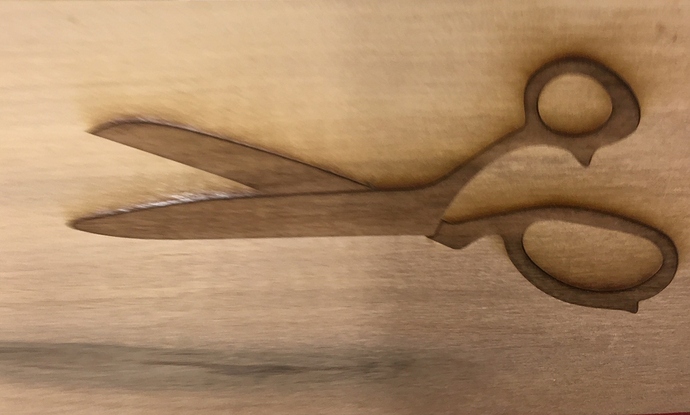Hello all - thought I’d report back on my most recent project; a laser-marquetry tea box which I made as a gift and finished a couple of weeks ago.
The idea
To make a box for loose-leaf tea (four different teas) out of wood, using the laser to create marquet inlays for a bold design.
Early work
I started off down three parallel tracks - creating the design for the box overall, and testing the feasibility of using the laser for the various elements. On the second element I devised two tests.
- Understand how to use the laser for marquetry work.
- Work out how to cut a finger joint that would be suitable for the box.
For the first test I created this piece, made from 6mm thick walnut which I engraved with the laser, and 0.6mm maple veneer - both from www.modelshop.co.uk - which I cut with a slight allowance (0.05mm I believe) for kerf:
For the second test I created a number of test finger joint pieces to check how much allowance for kerf I would need. I don’t think I have pictures of these but the answer I got to was that for a 6mm thick walnut, I needed to cut teeth that were around 6.1mm wide for a snug-but-not-too-snug fit. Some light filing was needed on the inside of the cuts to make sure the sticky resin didn’t stop them sliding together.
Main make
In typical style, having not really done enough preparation I launched into the make itself. I started by making the box front, following my pattern of engraving the walnut then cutting the veneer segments from a variety pack of veneer I got from eBay for £5:
And here it is with all the pieces added:
Then I moved on to making the ends and lids of the box, same method:
Here they are with all the pieces glued in place:
I cut the remaining pieces of the box and started sanding:
As well as the interior of the box which was comparatively simple:
Assembly and gluing
I put all the exterior pieces together without glue at first to check the fit - you can see that the teeth of the finger joint are slightly longer than needed, to allow sanding off of the charred wood on the ends:
Then came a big exercise in clamping/gluing which I felt my way through inexpertly:
Finally glued and then sanded all over again:
Finishing
Then comes the french polish. Lids first, pictured here after the first couple of layers:
I then screwed in some brass knobs I bought online. Here’s the finished box plus lids after the first few coats of polish:
I had to let it dry at this point so I could transport it home for the remaining coats. Once there, I kept going for coat after coat until I could coat no more.
The finished box
This is the result, the finished box:
Phew! Happy to answer any questions/take any advice on this make. It was definitely a big learning experience, my most challenging project to date, but as someone with virtually no actual woodworking experience it was satisfying to get a good result (even if its cheating!).

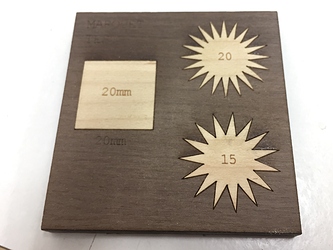
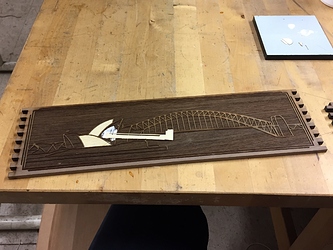


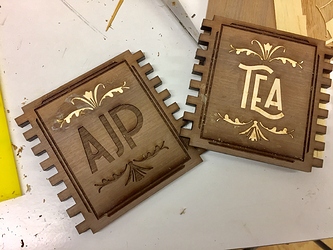
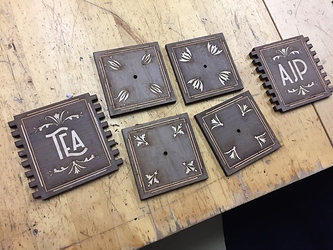
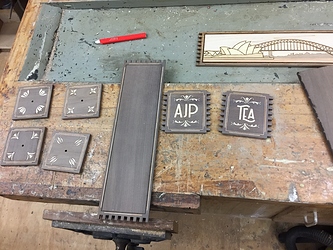
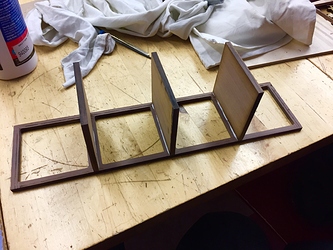

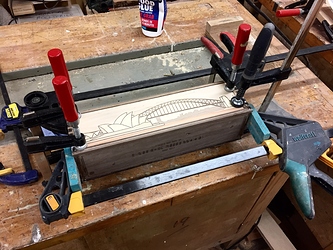

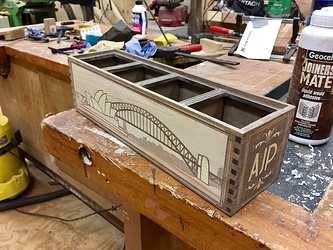
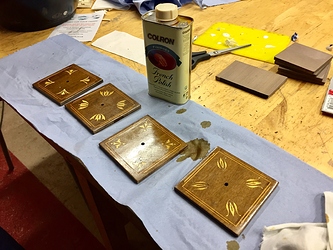
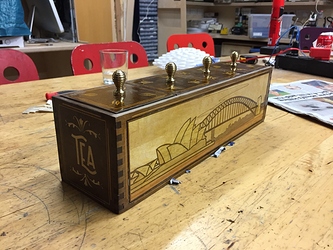
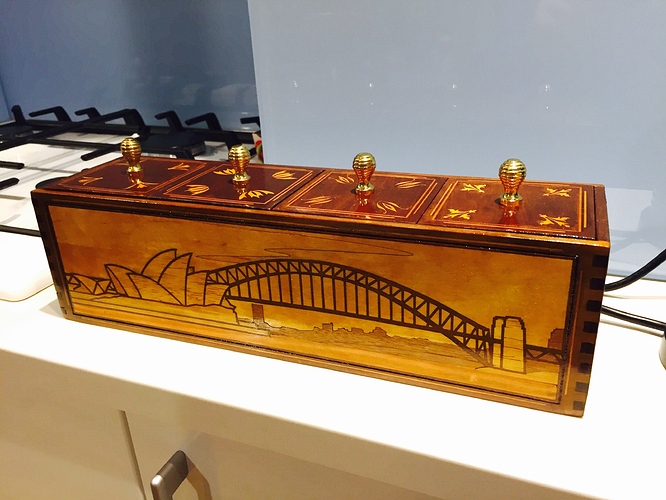

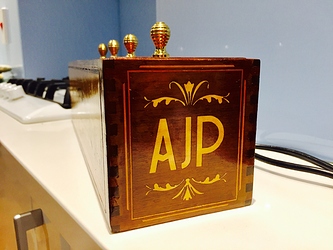
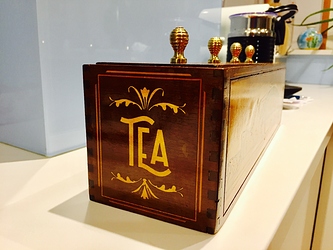
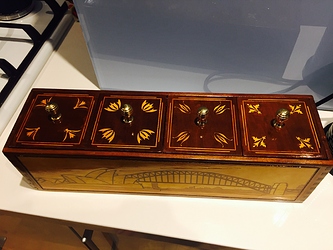
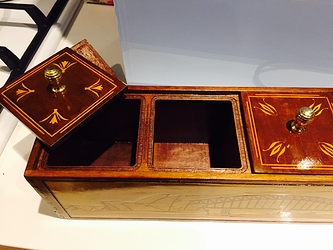
 if OP doesn’t mind of course.
if OP doesn’t mind of course.
